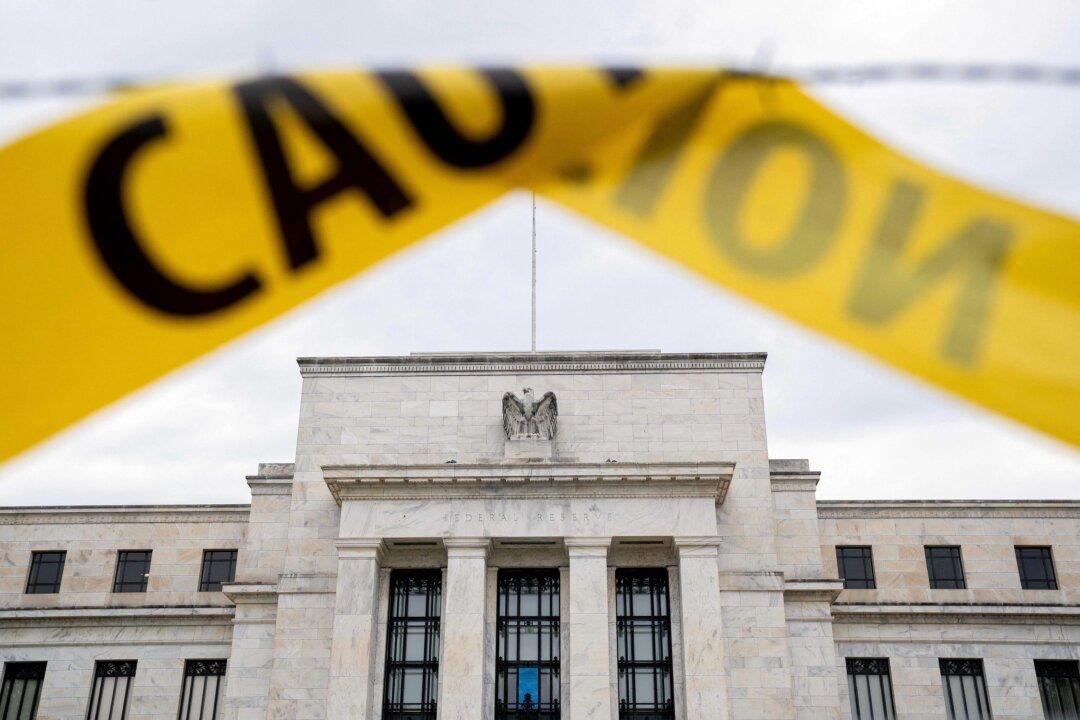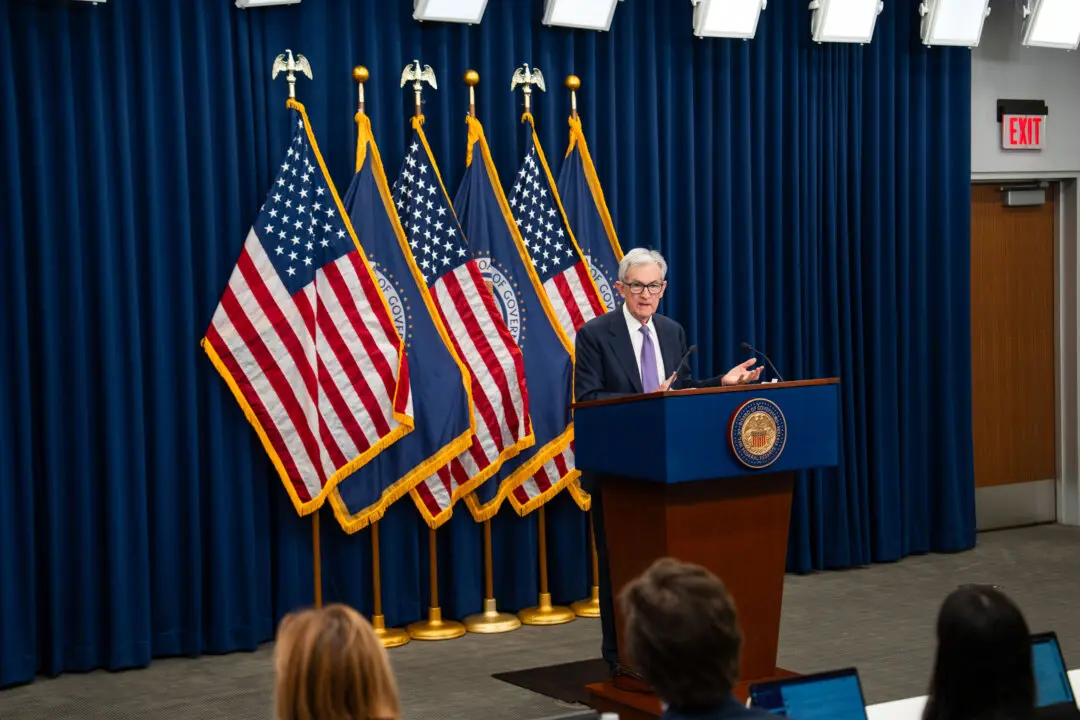A new working paper stated that the U.S. economy could witness “substantial negative impacts” on real GDP, unemployment, and inflation in 2023 and 2024 based on previous monetary shocks since 1946.
The National Bureau of Economic Research (NBER) recently published a paper co-authored by the University of California, Berkeley’s Christina and David Romer, titled “Does Monetary Policy Matter? The Narrative Approach After 35 Years.”





